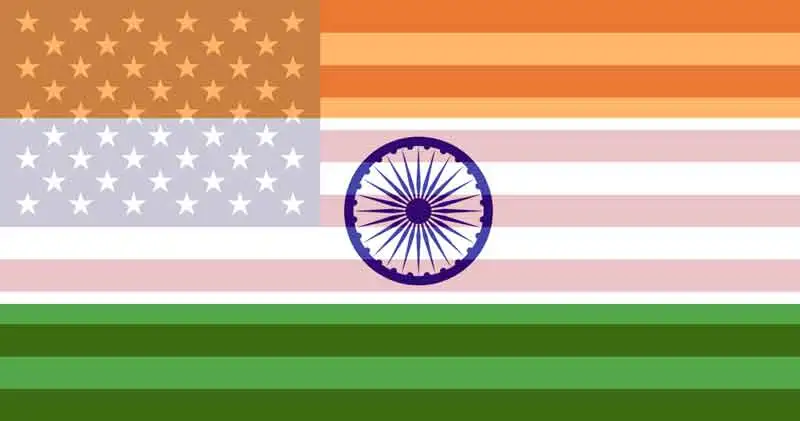Receiving an international wire transfer at Chase Bank
Chase Bank has several bank codes that may be used for receiving foreign wire transfers, depending on the currency and location of the sending bank. Here are some of the most common codes used for Chase Bank:
SWIFT Code: CHASUS33: This code is used for receiving wire transfers in U.S. dollars from foreign banks.
CHIPS UID: 0002: This code is used for receiving wire transfers in U.S. dollars from foreign banks that are members of the Clearing House Interbank Payments System (CHIPS).
Fedwire ABA Routing Number: 021000021: This code is used for receiving wire transfers in U.S. dollars from banks located within the United States.
ABA Routing Number for Wire Transfers: 021000021: This code is used for receiving wire transfers in U.S. dollars from banks located outside of the United States.
It's important to note that specific codes may vary depending on the currency and location of the sending bank, and it's recommended to confirm the correct codes with Chase Bank before initiating a wire transfer.
Chase credit card FX fees
Chase Bank offers several credit cards with different foreign transaction fees. Here are some examples:
Chase Sapphire Preferred Card: This card charges no foreign transaction fees, making it a good option for travelers who frequently make purchases in foreign currencies.
Chase Sapphire Reserve: Similar to the Sapphire Preferred Card, this card also does not charge foreign transaction fees.
Chase Freedom Unlimited: This card charges a foreign transaction fee of 3% of each transaction in U.S. dollars.
Chase Freedom Flex: Similar to the Freedom Unlimited, this card also charges a foreign transaction fee of 3% of each transaction in U.S. dollars.
United Explorer Card: This card charges a foreign transaction fee of 0% to 3% of each transaction in U.S. dollars, depending on the currency used.
It's important to note that credit card terms and conditions can change, so it's always a good idea to check the current fees and policies before applying for or using a credit card for foreign transactions.
If you wish to save on exchange rates and foreign ATM fees then you should consider the  Wise multi-currency card.
Wise multi-currency card.
What is the
Chase Bank Send Money conversion rate for USD to INR?
The Chase Bank USD to INR exchange rate is 77.76. This is -9.1% compared to the latest USD-INR mid-market rate 85.51.
As exchange rates can vary
significantly between banks and also between currency exchange providers,
it's therefore important to carefully compare
US dollar (USD) to Indian rupee (INR) rates from different sources before making a conversion.
The above
Chase Bank - Dollar to Rupee comparison table
makes it easy to compare the Total Fees (both variable and fixed) you are being charged by
Chase Bank and other foreign exchange providers against the latest USD-INR mid-rate and the possible savings of using various providers.
How do Chase Bank USD-INR rates compare between providers?
Looking at the full
USD to INR - Send Money comparison table the provider with the best USD to INR exchange rate is Wise at 85.01, -0.58% from the latest mid-market rate 85.51.
The next best is XE at 85, -0.6% from the mid-rate.
Then Western Union at 84.14, which is -1.6% from the mid-rate.
Among the banks the Chase Bank rate is 77.76 at -9.1% the Wells Fargo Bank rate is 77.24 at -9.7% and the Citibank rate is 81.18 at -5.1% compared to the mid-rate 85.51.
It's important to note that exchange rates also fluctuate frequently due to market conditions. Additionally,
banks like Chase Bank often apply a margin to the exchange rate, resulting in a less favorable rate for customers compared to the mid-market rate.
For more competitive rates, you might consider using a specialized currency exchange service
or platforms that offer rates closer to the mid-market rate.
Compare USD to INR Transfer Rates


